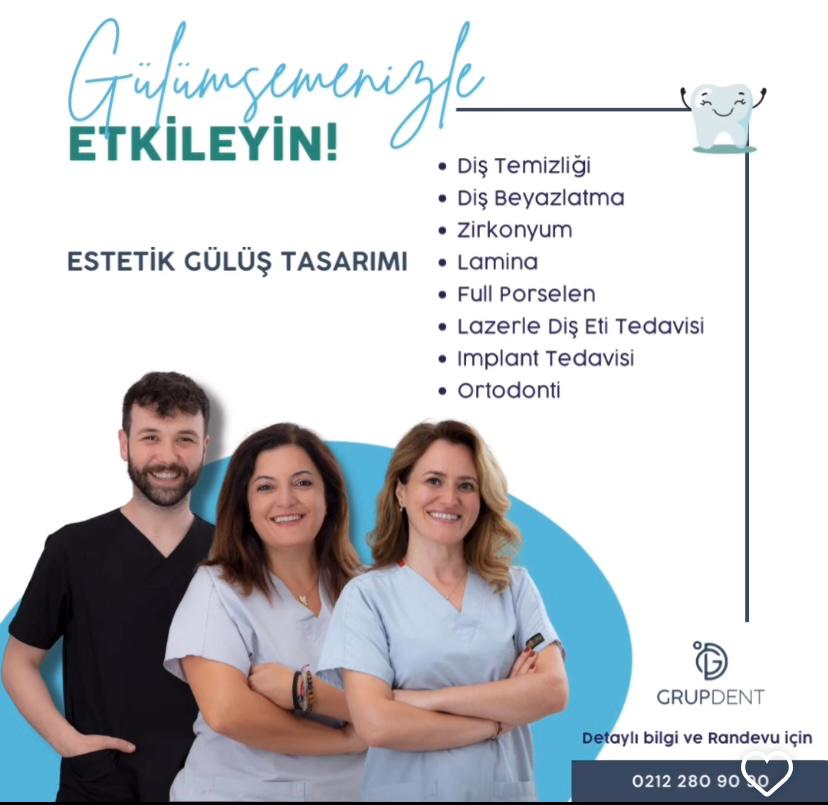
One of the most important causes of facial pain (myofascial pain) is jaw joint disorders. The disorder of the jaw joint (TMJ), which functions more than 1000 times a day, affects the chewing and facial muscles and can sometimes appear as facial pain, preventing the patient from opening the mouth, speaking, or chewing. Teeth grinding and clenching (bruxism) while sleeping during the day or at night can cause tension in the chewing muscles, cause pain in the mouth, and face area. In this case, the treatment protocol is splinting, local Botox injection, pharmacotherapy including painkillers/sedatives, and physical therapy. Massage therapy applied within the scope of physical therapy support aims to restore appropriate size and flexibility in the relevant muscles and to regulate lymphatic drainage and vascular circulation.
As an alternative in treating spasms/pain in the chewing muscles (especially m.massetericus, m.temporalis) due to teeth clenching/grinding, massage application creates a pain-relieving and relaxing effect.

Lavender essential oil – essential oil – (Lavandula angustifolia), which has high therapeutic properties and constitutes the beginning of aromatherapy, is obtained by steam distillation of lavender flowers and is mostly grown in the Mediterranean geography. This plant, which has many varieties depending on the region where it is grown, has been used in Iranian, Greek, and Roman civilizations for thousands of years, and is derived from the Latin word LAVARE – TO WASH, as it is also used in Roman culture to heal and scent baths.
French chemist Dr. Rene Maurice Gattefosse relieved the pain of a burn wound on his hands with lavender oil during a study in his laboratory in 1936. When he saw that this wound started to heal the next day, the foundations of aromatherapy as it is used today were laid.
The analgesic and edema-resolving effects of lavender (Lavandula angustifolia) oil, which is added to fixed oils in certain amounts and used for massage, are benefited from. Lavender essential oil (essential oil – aromatic oil) is the essential oil on which most clinical studies have been conducted recently; Studies have been concentrated on its antibacterial, antifungal, analgesic, anxiolytic, antidepressant, carminative (smooth muscle relaxant) and wound healing properties.
As a non-pharmacological alternative, applying lavender oil in massage therapy for various joint/muscle and facial pains provides physical comfort and psychological support. The most important reasons for these parafunctions, which are common in women and cause facial pain, are stress and the struggle to cope with living conditions. In addition to its many properties, lavender’s relaxing and calming effect can also increase its analgesic properties.
Prof. Dr. Hulya Kocak Berberoglu
RESOURCES
-Wieckiewicz M, Boening K, Wiland P, Shiau YY, Paradowska-Stolarz A. Reported concepts for the treatment modalities and pain management of temporomandibular disorders. J Headache Pain. 2015; 16:106. doi: 10.1186/s10194-015-0586-5. Epub 2015 Dec 7. PMID: 26644030; PMCID: PMC4671990.
–Benli M, Olson J, Huck O, Özcan M. A novel treatment modality for myogenous temporomandibular disorders using aromatherapy massage with lavender oil: A randomized controlled clinical trial. cranio 2023 Jan;41(1):48-58. doi: 10.1080/08869634.2020.1819067. Epub 2020 Sep 5. PMID: 32893748.
– Cavanagh HM, Wilkinson JM. Biological activities of lavender essential oil. Phytother Res. 2002 Jun; 16 (4):301-8. doi: 10.1002/ptr.1103. PMID: 12112282.
-Djenane D, Aïder M, Yangüela J, Idir L, Gómez D, Roncalés P. Antioxidant and antibacterial effects of Lavandula and Mentha essential oils in minced beef inoculated with E. coli O157:H7 and S. aureus during storage at abuse refrigeration temperature. Meat Sci. 2012 Dec; 92 (4):667-74. doi: 10.1016/j.meatsci.2012.06.019. Epub 2012 Jun 21. PMID: 22789458.


